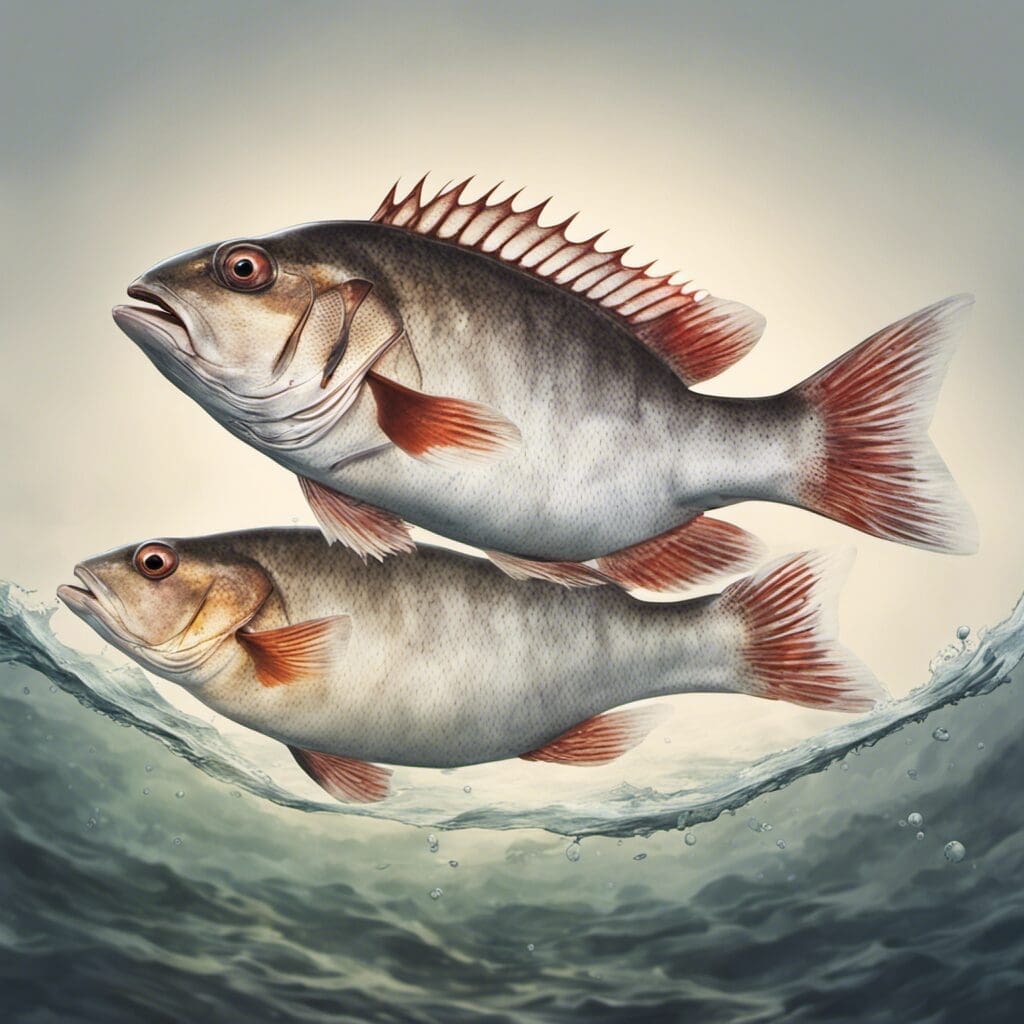Introduction
The Lane Snapper (lutjanus synagris) is a vibrant, saltwater fish species that belongs to the family Lutjanidae.
Conservation Status
The Lane Snapper has not been evaluated yet by the International Union for the Conservation of Nature (IUCN), so its status remains undefined.
Statistics
| Length | Weight | Life span | Other stats |
|---|---|---|---|
| 38cm (Average), up to 60cm(Range) | 6.4kg (Average), up to 9kg (Range) | 10-15 Years | N/A |
Distribution
The Lane Snapper is found in the western Atlantic Ocean, from North Carolina (United States) south through the Gulf of Mexico and the Caribbean to Brazil. They tend to remain stationary, showing no significant migration patterns.
Habitats
Lane Snappers inhabit saltwater environments. They are found at a depth of 10-70 meters and show a preference for warmer temperatures.
When and Where to See
They can be spotted throughout the year and are more active during the mornings and evenings, just before dawn and after dusk respectively.
Best Fishing Locations
- Florida Keys, Florida
- Galveston Bay, Texas
- Grand Isle, Louisiana
- Port Aransas, Texas
- Pensacola Bay, Florida
- Gulf of Mexico
- Atlantic coast of Brazil
When looking for Lane Snapper, aim for rocky areas or places with plenty of vegetation as they may use these for cover.
How to Catch
Lane Snapper is caught using a variety of baits that include live shrimp, cut bait, and squid. The fish is a bottom dweller, so bottom fishing is the most effective method. They are most active during warmer seasons, making that the best time for fishing.
Identification Guide
The Lane Snapper has a silvery-pink to reddish body with a greenish tint on the back. It is distinguished from other species by its rounded anal fin and the dark, lateral spot below the dorsal fin which isn’t always visible in larger specimens.
Culinary Information
How to Cook
Lane Snapper can be grilled, baked, or fried. They are easy to prepare and work well with various types of seasonings and sauces.
Taste Profile
Lane Snapper tastes sweet with a mild flavor and a delicate, flaky texture. It is a popular choice for ceviche due to its subtle flavor that pairs well with fresh, zesty ingredients.
Nutritional Information
Lane Snapper is low in saturated fat and is a good source of Vitamin D, Niacin, Vitamin B6, Vitamin B12, Phosphorus and Selenium.
Recipes
Some popular recipes include Grilled Lane Snapper with Tropical Fruit Salsa, Pan-Seared Lane Snapper and Lane Snapper Ceviche.
Additional Information
Behaviour
Lane snappers, like many of their Snapper family members, are nocturnal feeders, preferring a diet of smaller fish and invertebrates.
Predators and Threats
Natural predators of the Lane Snapper include larger fish like Sharks and Barracudas. Overfishing is their most significant human-induced threat.
Cultural Significance
In certain parts of the Gulf of Mexico and Caribbean, the Lane Snapper plays a crucial role in local fisheries and is a vital part of the economy.
References and Further Reading
- Florida Museum of Natural History. “Lane Snapper”.
- FishBase. “Lane Snapper”.

